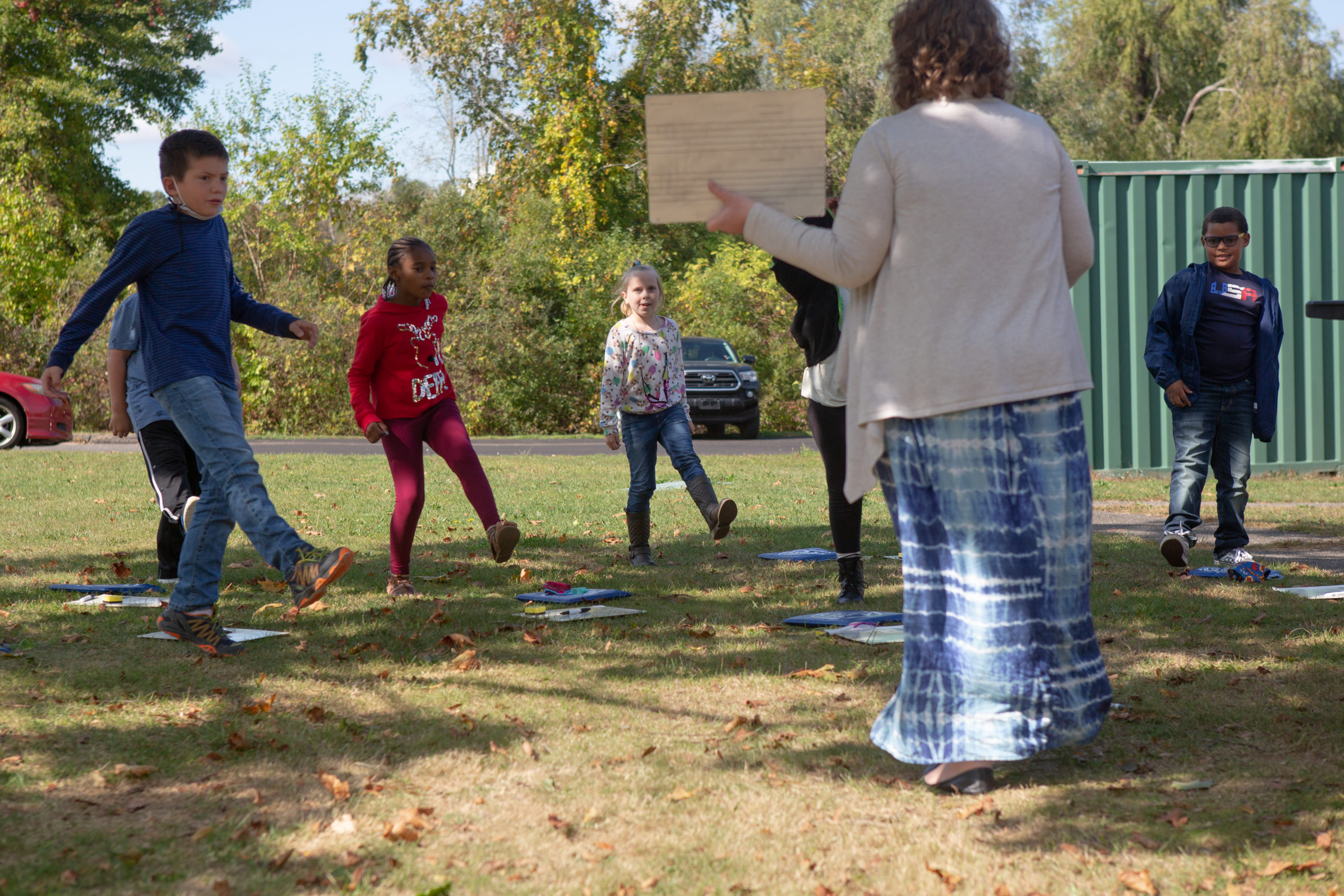
“IDAHO COMMUNITY SCHOOLS ARE FLEXIBLE FOR BOTH URBAN AND RURAL SCHOOL DISTRICTS
The education landscape reflects the geography of the state—vast expanses of land with many rural school districts that students sometimes need to travel some distance to attend in person. When it comes to per pupil spending, Idaho ranks 51st out of 50 states and the District of Columbia, spending 58 percent of the national average per student, though the amount varies widely from district to district. Districts with less than 100 students also have less infrastructure than urban districts to support onboarding and training. Despite these challenges, Idaho is demonstrating innovation and investment through implementation of community school strategies.
Community schools were originally introduced in Boise, the largest city in Idaho, in 2016 with four community schools in the district. They are also taking hold in Idaho’s rural districts with localized solutions to address unique challenges. Today there are 35 community schools across 19 diverse districts in Idaho. Recently, community schools have been featured as achieving better-than-average attendance results alongside a unique approach to education and family engagement.
“For these community school leaders in Idaho, the community school strategy is about the whole village helping each other to the point that it becomes part of a school community’s identity.”
Community schools are designed to be responsive to localized needs, providing districts with flexible and innovative ways to address local challenges with local assets—whether urban or rural. In addition to strengthening teaching and learning, community schools can operate as a hub, not just of services, but of engagement, learning, and collaborative approaches that the entire community can take part in. That has been especially important to the more rural districts in Idaho where services and resources are more spread out.
A number of rural districts sought to implement the community school strategy, especially as leaders around the state observed how schools that were most prepared for pandemic were community schools. Tim Jackson, president and CEO of the United Way of Treasure Valley, says, “Community schools are there when communities galvanize around children and families who need extra support.”
COALITION AND LEARNING COMMUNITIES STRENGTHEN COMMUNITY SCHOOLS
State-level coalition-building is a key feature of how community schools have developed in Idaho, which is not the case for every state in the U.S. The way Idaho has created statewide connections serves as a strong example for leaders in other states who want to start or strengthen their own community schools strategy.
Christa Rowland, regional deputy director at the Institute for Education Leadership, has been a leader in the growth of community schools in Idaho by founding the Idaho Community School Learning Network and co-founding the Idaho Coalition for Community Schools, modeled after the national coalition approach. The learning community started with smaller in-person monthly meetings held by the United Way of Treasure Valley. This spread to a state level and is now a virtual, opt-in statewide learning community for community school coordinators and others, like administrators and schools board members.”
Read the full story here.